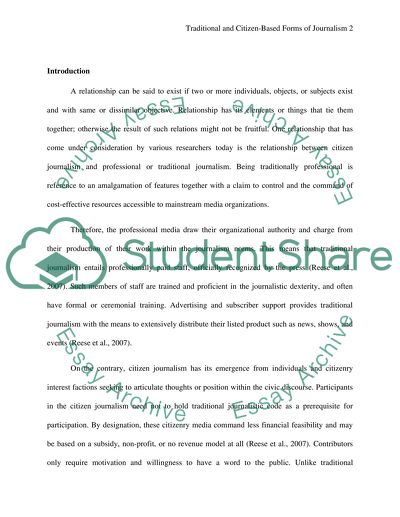Cite this document
(“Traditional And Citizen-Based Forms Of Journalism Essay”, n.d.)
Retrieved from https://studentshare.org/journalism-communication/1672946-critical-journalism
Retrieved from https://studentshare.org/journalism-communication/1672946-critical-journalism
(Traditional And Citizen-Based Forms Of Journalism Essay)
https://studentshare.org/journalism-communication/1672946-critical-journalism.
https://studentshare.org/journalism-communication/1672946-critical-journalism.
“Traditional And Citizen-Based Forms Of Journalism Essay”, n.d. https://studentshare.org/journalism-communication/1672946-critical-journalism.


